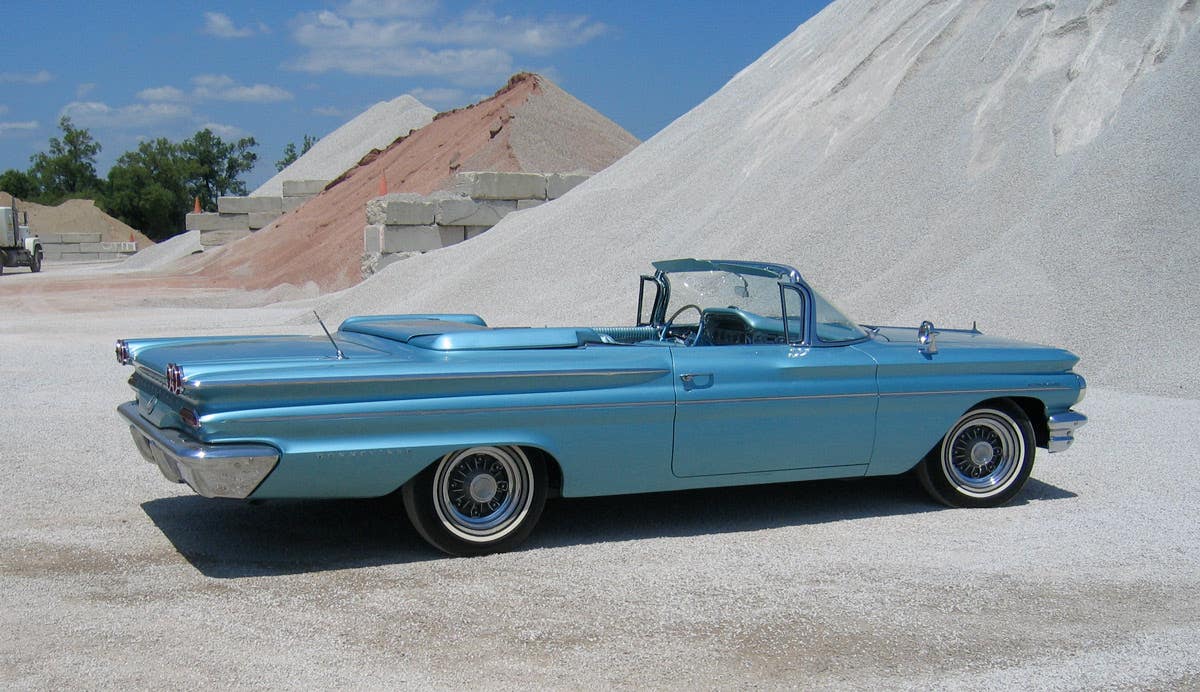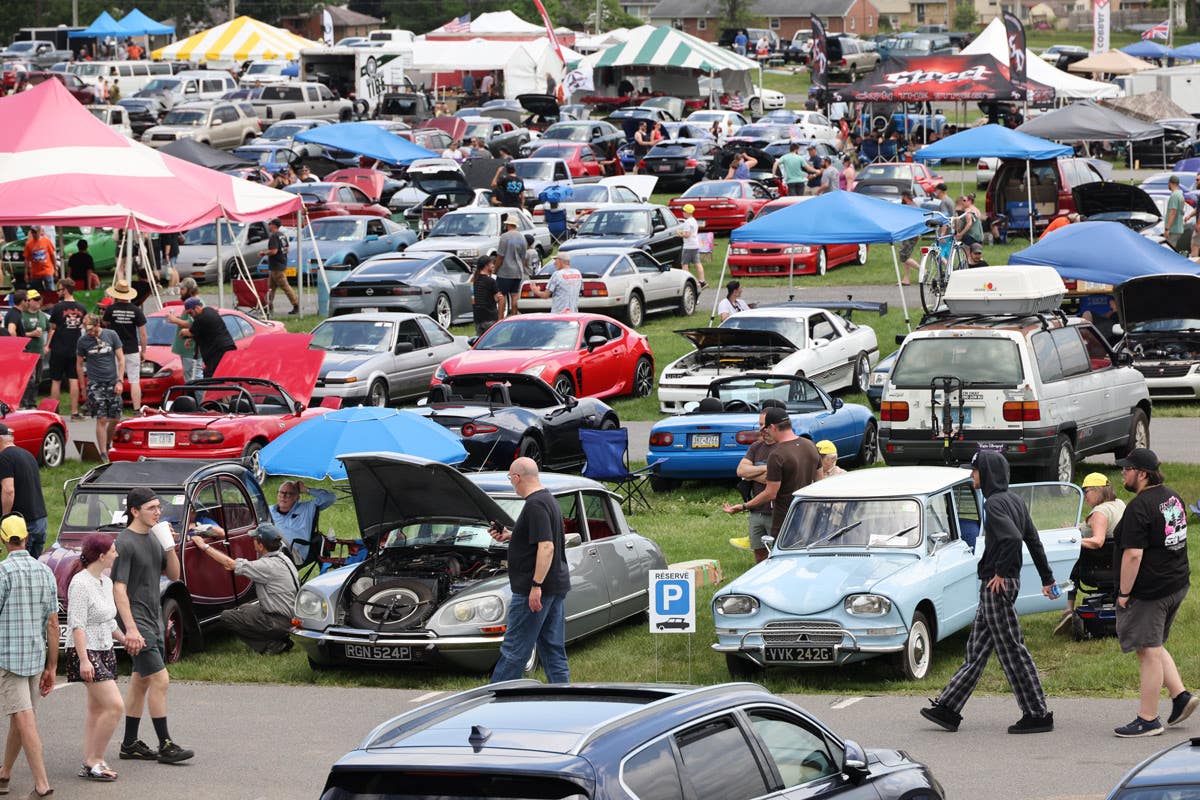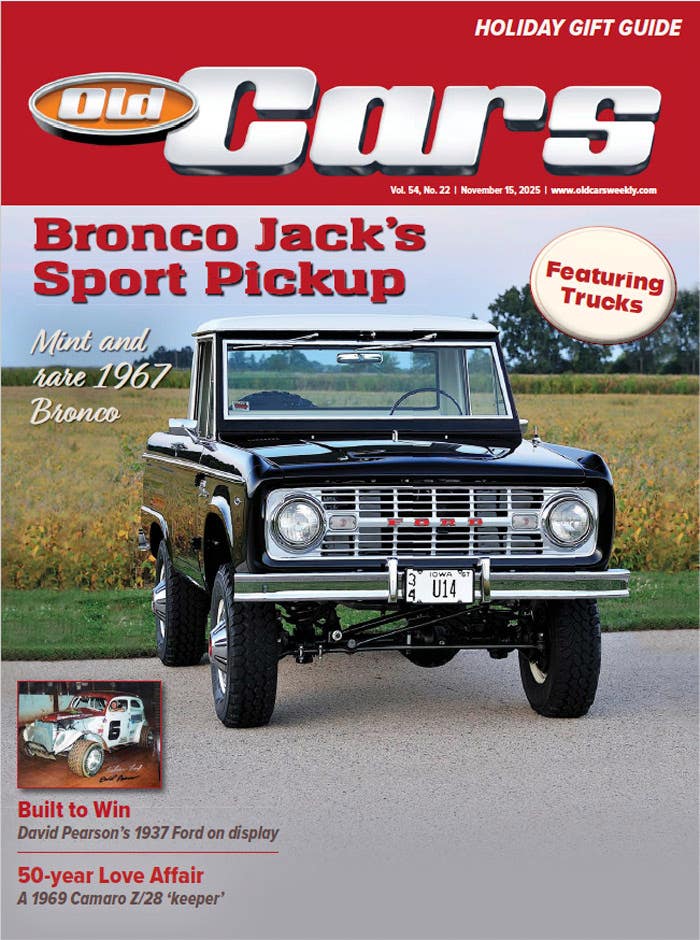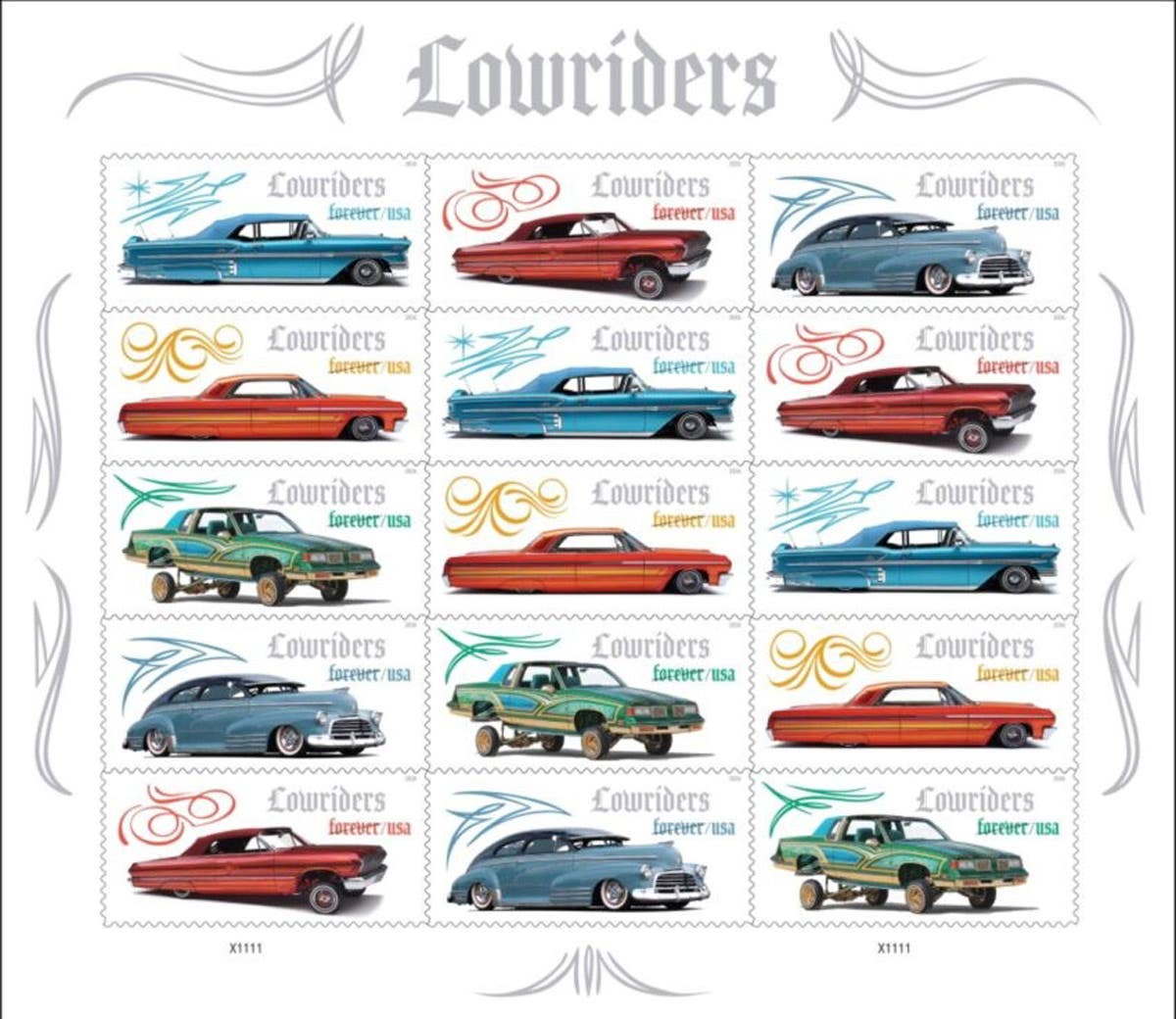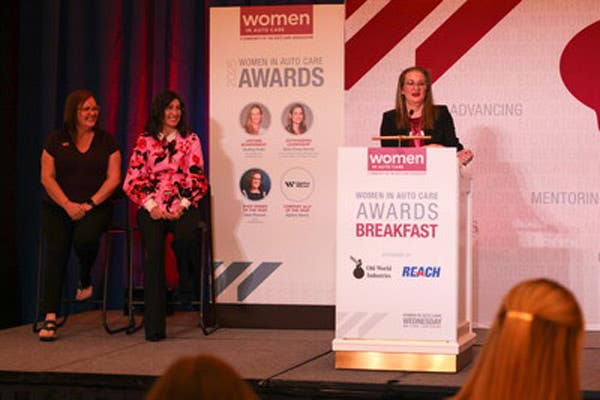Museum salutes Edsel’s 50th anniversary
SACRAMENTO — The Towe Auto Museum, on the banks of the Sacramento River, is hosting a display of Edsels from now until Aug. 30. The exhibit features a variety of Edsels, including a rare 1960 Villager nine-passenger station wagon.
SACRAMENTO — The Towe Auto Museum, on the banks of the Sacramento River, is hosting a display of Edsels from now until Aug. 30. The exhibit features a variety of Edsels, including a rare 1960 Villager nine-passenger station wagon.
In addition, on Aug. 17, a public lecture about the Edsel will be presented by Steve Luth at 2:30 p.m. at the museum. Luth provided five Edsels from his private collection to be part of this two-month exhibit. Cost is $5 for CVF and SADS members and $7 for non-members (includes museum admission).
The mid-1950s was arguably the zenith of the American automobile industry. The Korean War had ended, our economy was relatively robust and the public was buying cars in greater numbers. Many engineering changes had taken place since World War II, and the General Motors idea of planned obsolescence was firmly entrenched. As America moved from the cities to the suburbs, the need for a second car for the family became necessary. Henry Ford II had decided that Ford should have a competitor for each of the five General Motors and four Chrysler makes. At the time, Mercury was the only real competitor for Olds, Pontiac, Buick, Dodge and De Soto.
Research had begun in 1955 for just such a car. It was called the “E-car,” short for “experimental car.”
Francis Rieth, who had joined the company after World War II, along with Robert McNamara and other members of the “Whiz Kids,” had suggested that there be only one make of car, with models above and below the Mercury.
After much study and with resistance from the Ford family, the new car was named Edsel, after Henry Ford’s only son. With tremendous publicity, the new Edsel was introduced on “E-day,” Sept. 4, 1957. Originally supposed to be sold through a Ford division, Robert McNamara succeeded in combining Edsel, Mercury and Lincoln into one entity, ostensibly to save money. In 1958, about 67,000 Edsels were sold in the U.S. and Canada. In 1959, the upper two models of the car were eliminated, and sales fell to nearly 45,000. In the Edsel’s last year, only two models were produced.
The last model year for the Edsel was 1960, leaving the Ford Motor Co. with a loss of more than $350 million. There is any number of reasons why the Edsel failed. Some blame it on the unusual front styling. Some feel that Ford didn’t define the customer base properly. There are insiders who believe that Ford executives themselves didn’t support the car. Others feel that the car was rushed to market with some design and quality flaws that didn’t appear until the car was in the showroom.
Regardless, there is still a following of collectors in the American car culture, with approximately 6,000 Edsels in existence.
For more information, visit www.toweautomuseum.org, or call 916-442-6802.



